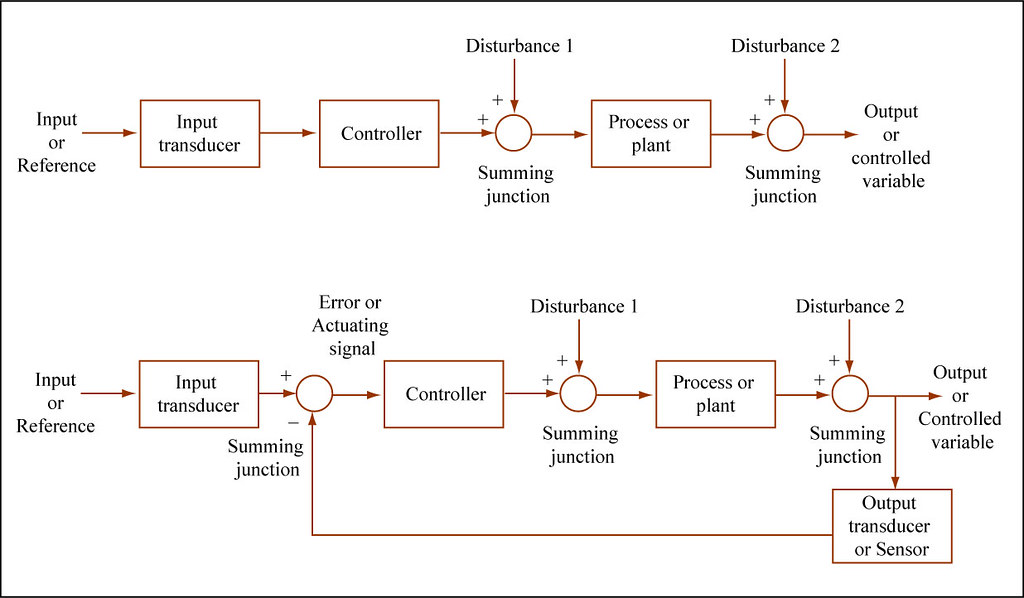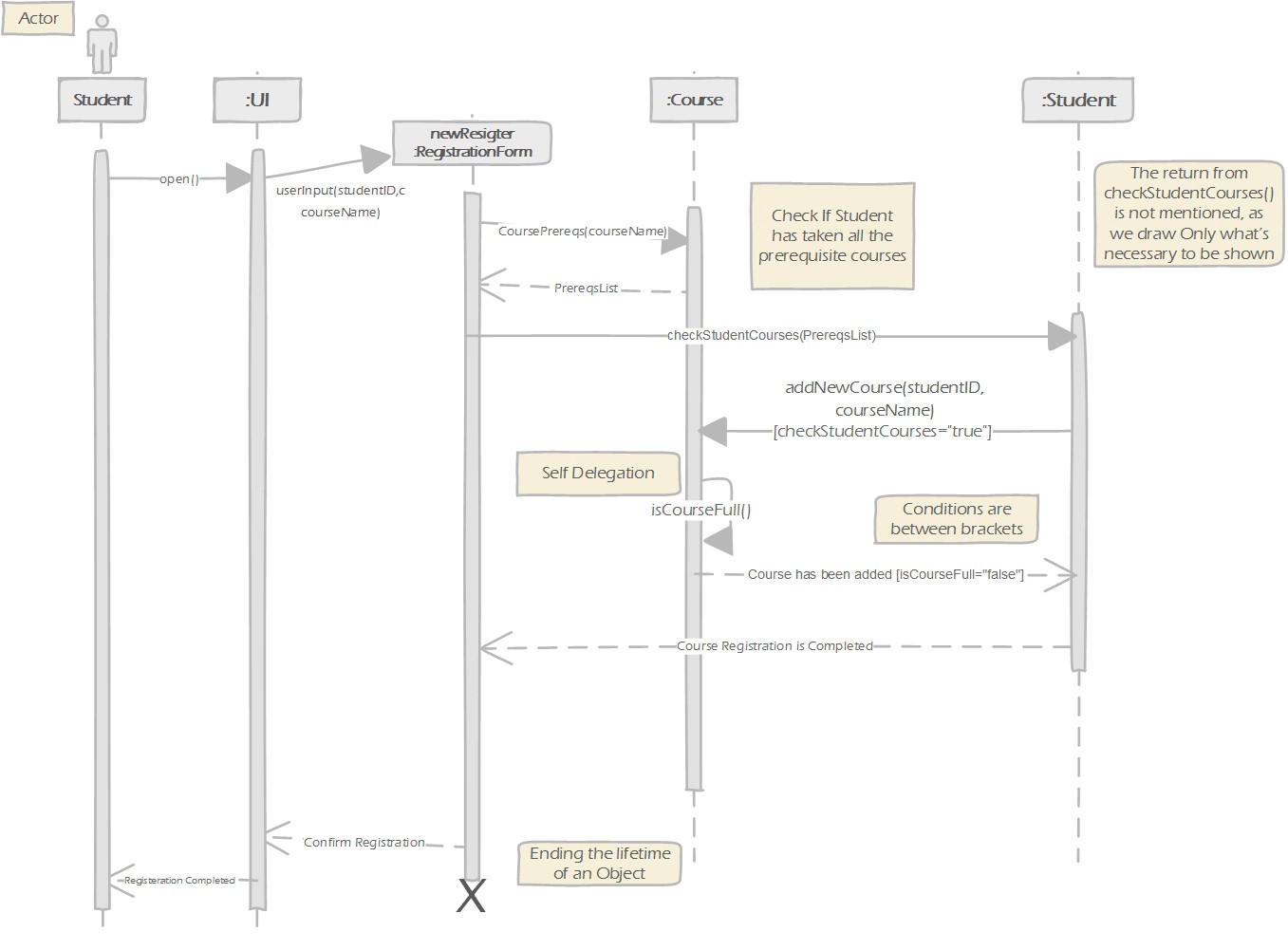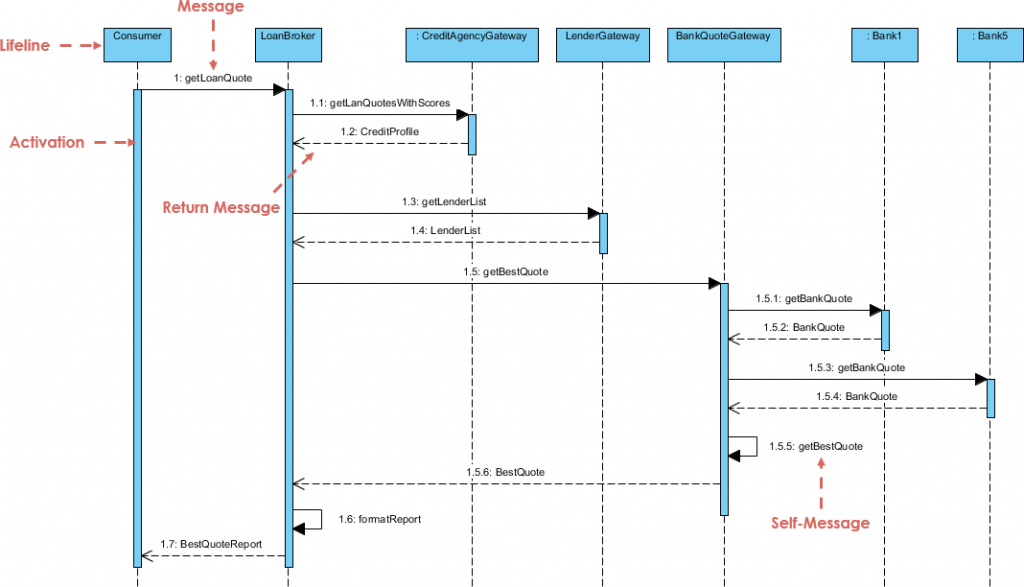
Important Sanity Check: If you draw an arrow from one object of type C to an object of type T, and you label that arrow foo, then the class T must have a function named foo listed as one of its member functions. Normally, show these only when they are important to the understanding of a diagram (e.g., they match one of the named objects)
#Loop in sequence diagram code
Or alternatively, a function call made by some code associated with the first object, calling a member function of the second object.Īs with any function calls, these can include parameters. Each solid arrow denotes the passing of a message from one object to another.In essence, we have an anonymous object of a known class. This is still a representation of an object, not of a class, and

The colon (:) in front to the remaining name is our cue that So UML allows us to drop the object name:Īs we have done for several of the objects in the diagram above, including the checkbook.

Then, if we never actually use that name, we’ve distracted the reader for no good reason. We know that it will be a member of the Checkbook class, but if we actually give it a name, the reader will think that’s something they are supposed to remember. For example, in all of our use-cases so far, there has been only a single checkbook. Quite often, we know we want to discuss an object, but don’t really care to give it a name. In UML, the general form for an object declaration isįor example, chkTrans:Transaction indicates that we have an object named “chkTrans” of type “Transaction”. If it seems confusing to use rectangles for both, there is a consistent way to tell them apart. Note that, unlike in the class relationship diagrams, the rectangles here denote individual objects, not classes. In general, objects are shown as rectangles.

#Loop in sequence diagram how to
In today’s post, we will learn how to build diagrams with PlantUML and look into different sort of diagrams that are often used.

PlantUML allows us to create diagrams from text script. That’s where PlantUML comes in, or puml for short. You need a sense of aesthetics to use different shapes, place elements in a way that makes sense and use different ways of linking shapes so that the diagram doesn’t get convoluted, failing any of those steps will discourage your audience from even trying to understand what your diagram represents. Whether it is to convey an idea to someone or to pindown an idea that I have in my head or simply to think about a solution for a problem.ĭiagrams are useful as they are cheap, quick scribble on paper and we are done but everyone know that drawing is not an easy task and therefore even drawing diagrams is hard. In my work I draw diagrams almost every day. Aug 30th, 2019 - written by Kimserey with.


 0 kommentar(er)
0 kommentar(er)
